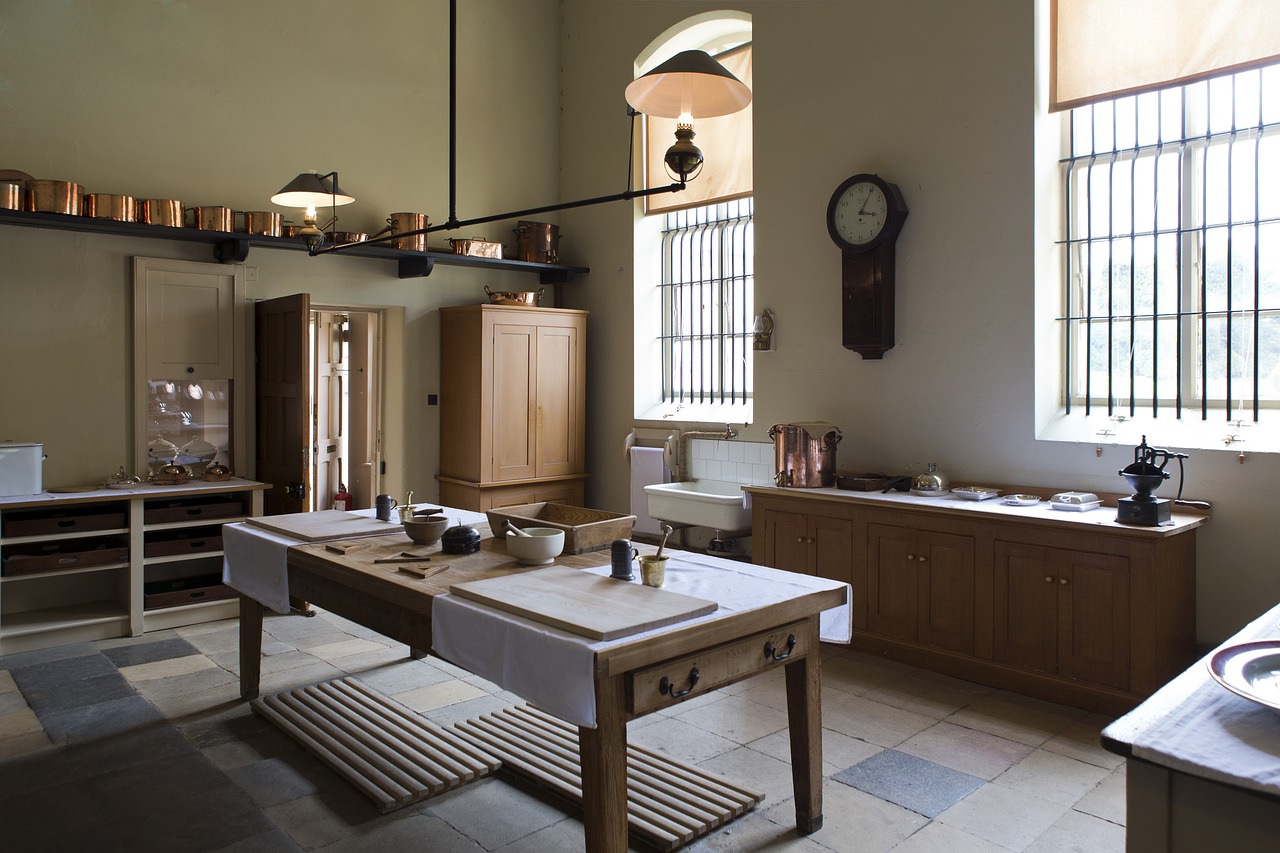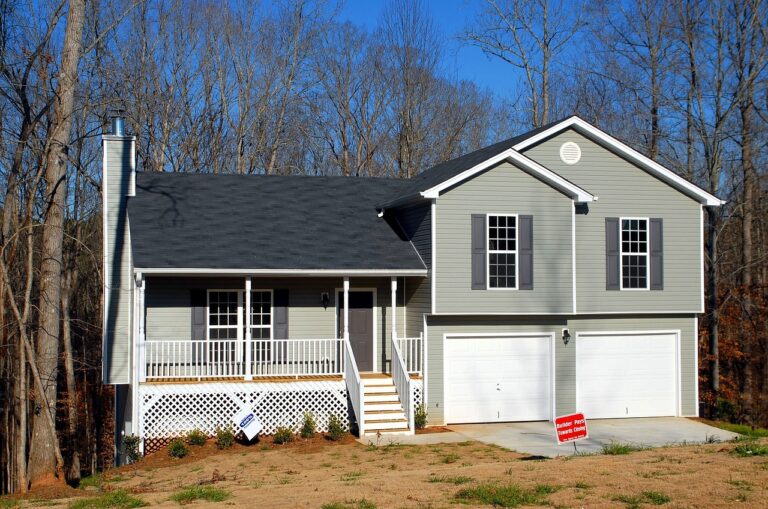Exploring the Benefits of Green Roofs for Urban Environments
Green roofs have been increasingly recognized for their potential to mitigate the urban heat island effect. By incorporating vegetation on rooftops, green roofs can help to reduce the heat absorbed by buildings and pavement, thus lowering overall temperatures in urban areas. This cooling effect can lead to decreased energy consumption for air conditioning during hot weather, ultimately contributing to a more sustainable and comfortable urban environment.
In addition to their cooling benefits, green roofs also help to improve stormwater management in urban areas. By absorbing and filtering rainwater, green roofs can reduce the volume of runoff that contributes to flooding and pollution of waterways. This natural filtration process not only helps to protect the local ecosystem but also enhances the overall quality of urban water sources, making green roofs a valuable tool in sustainable urban development.
Reducing Energy Consumption with Green Roofs
Green roofs are innovative solutions that help reduce energy consumption in urban areas. By providing natural insulation, green roofs help regulate indoor temperatures, reducing the need for heating and cooling systems. This not only decreases energy consumption but also lowers utility costs for buildings with green roofs.
In addition to insulation benefits, green roofs absorb sunlight, reducing the amount of heat that is transferred into buildings. This helps lower the demand for air conditioning during hot summer months, further decreasing energy usage. Overall, green roofs play a significant role in promoting energy efficiency and sustainability in urban environments.
• Green roofs provide natural insulation, reducing the need for heating and cooling systems
• Absorb sunlight, reducing heat transferred into buildings
• Lower demand for air conditioning during hot summer months
Improving Air Quality in Urban Areas
Urban areas are often plagued by poor air quality due to high levels of pollution emitted by vehicles, industries, and buildings. However, green roofs offer a sustainable solution to this pressing issue. By implementing green roofs on buildings in urban areas, plants can help to filter pollutants from the air, reducing the overall levels of harmful particles. This natural filtration process can greatly improve the quality of air in urban environments, benefiting the health and well-being of residents.
In addition to filtering out pollutants, green roofs also help to mitigate the urban heat island effect, which contributes to poor air quality. Urban heat islands occur when cities become significantly warmer than their surrounding rural areas due to human activities and infrastructure. By introducing greenery to rooftops, the heat absorbed by buildings is reduced, subsequently lowering the overall temperature of the city. This cooling effect not only improves air quality but also decreases the energy consumption required for air conditioning, leading to a more sustainable urban environment.
What is the Urban Heat Island Effect and how do green roofs help mitigate it?
The Urban Heat Island Effect is the phenomenon where urban areas experience higher temperatures than surrounding rural areas due to human activities. Green roofs help mitigate this effect by absorbing and storing heat, reducing the overall temperature of the urban environment.
How do green roofs help to reduce energy consumption in buildings?
Green roofs provide natural insulation, reducing the need for heating and cooling systems in buildings. This, in turn, helps to lower energy consumption and decrease greenhouse gas emissions.
How do green roofs contribute to improving air quality in urban areas?
Green roofs act as natural filters, capturing pollutants and particulate matter from the air. They also release oxygen and help to reduce the heat island effect, which can lead to cleaner and healthier air in urban environments.
Are there any financial incentives available for installing green roofs in urban areas?
Some cities offer financial incentives, such as tax credits or grants, to encourage the installation of green roofs. These incentives can help offset the initial costs of installing green roofs and make them a more attractive option for building owners and developers.







